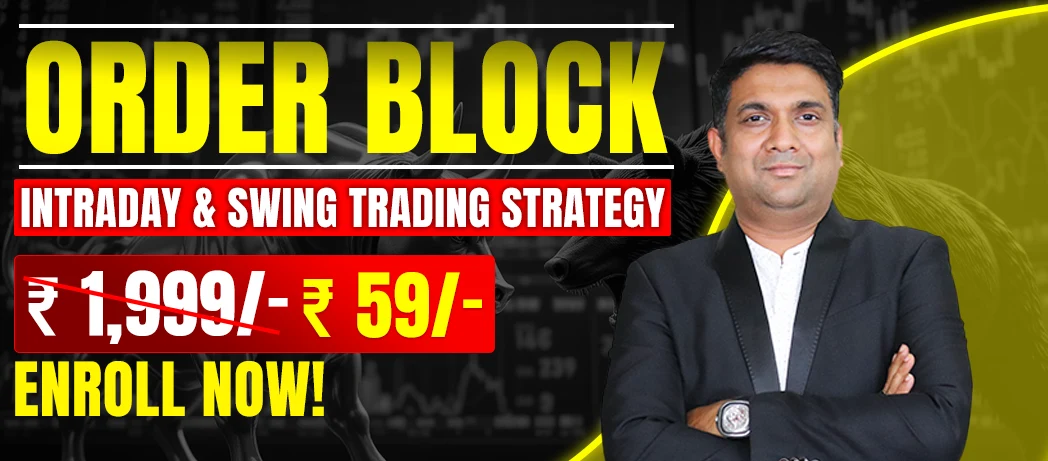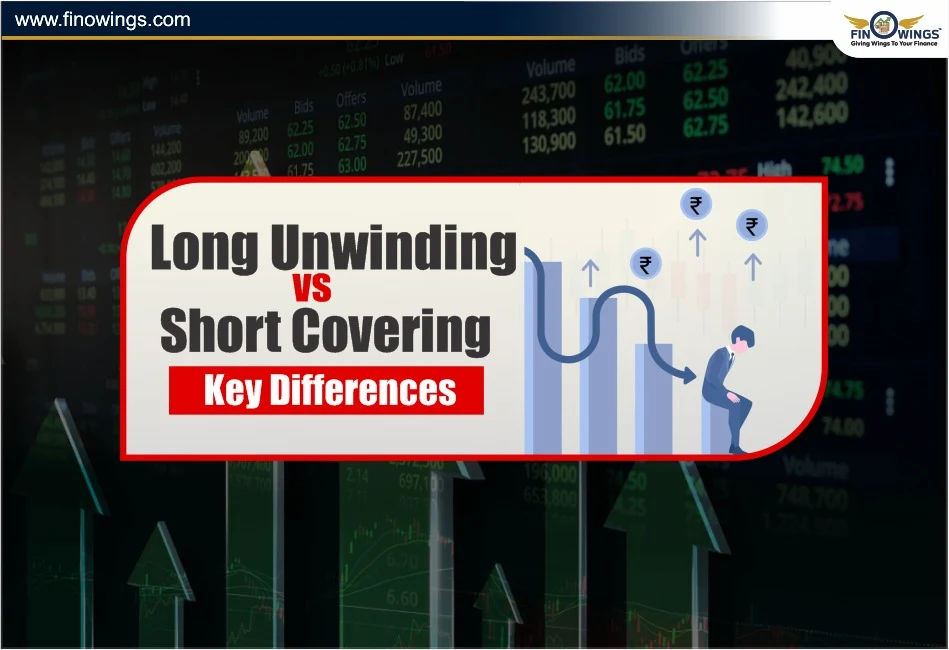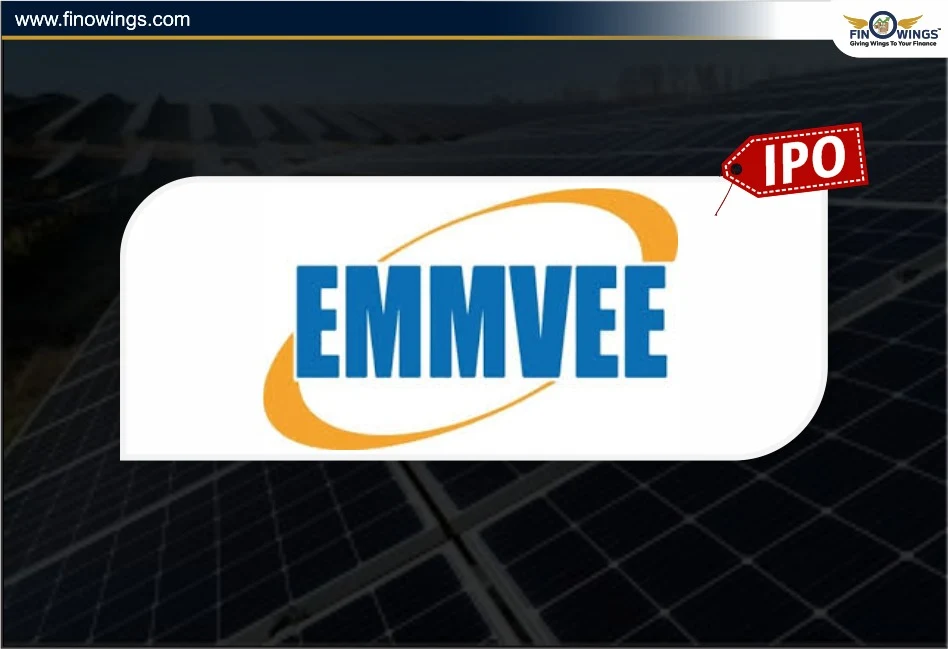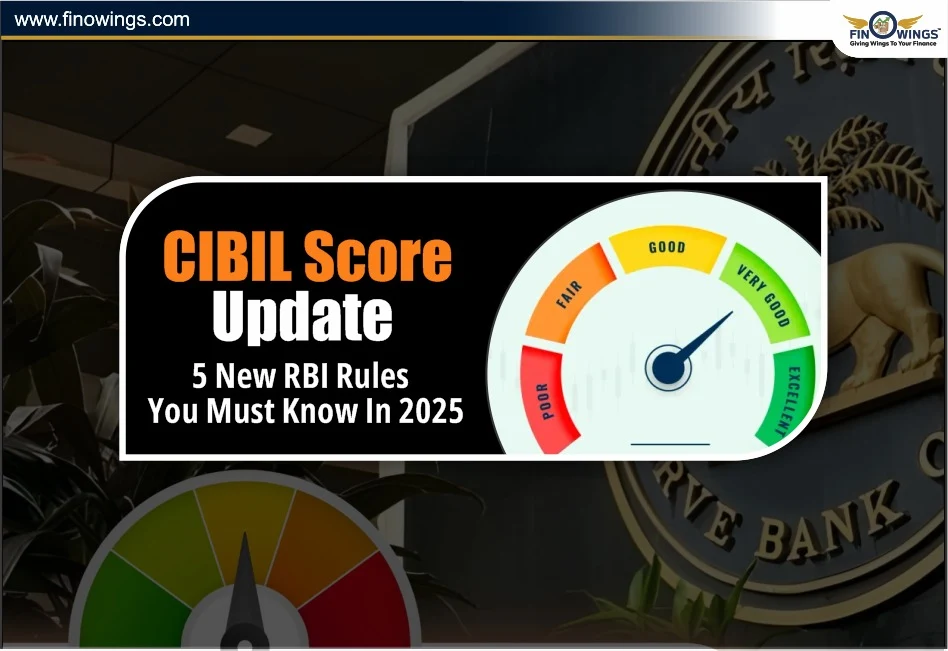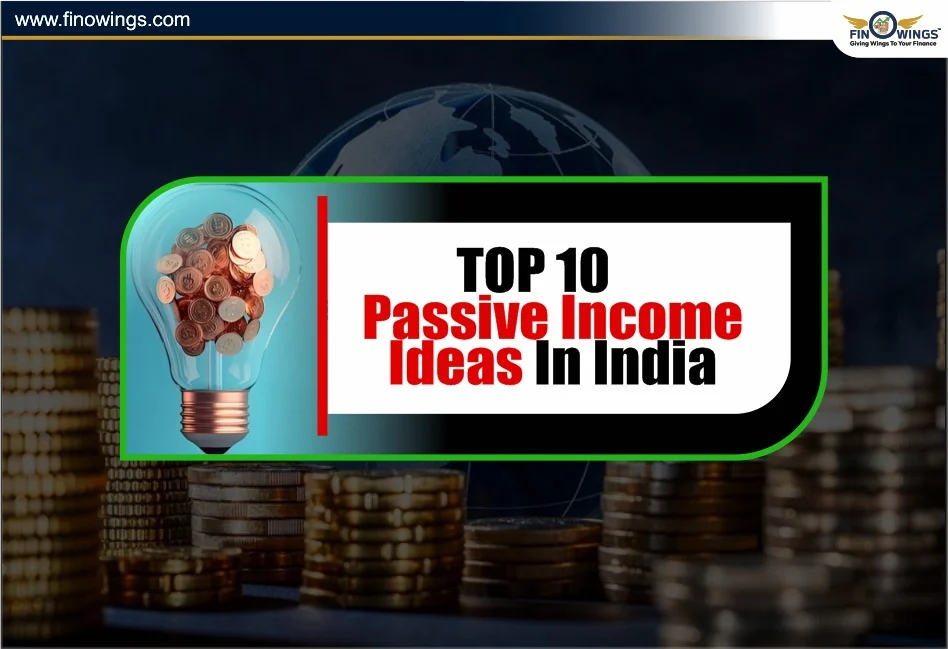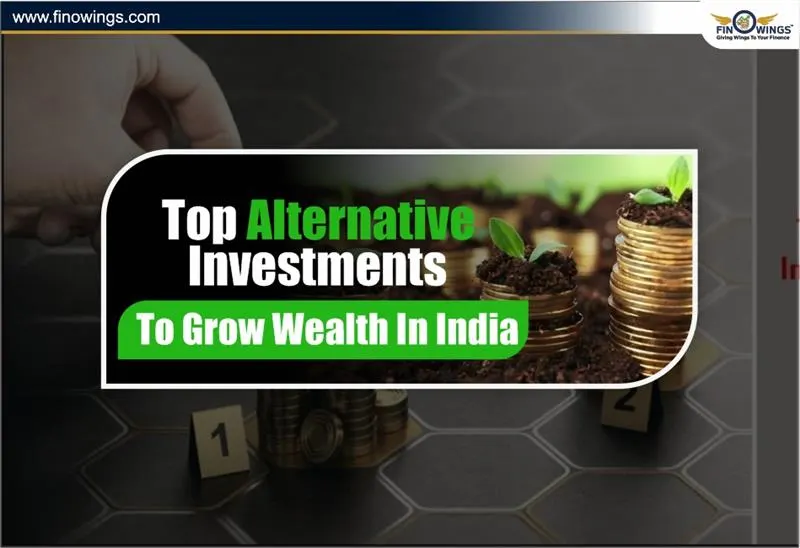Home >> Blog >> What Is a V-Shaped Recovery? Meaning, Features & Examples
What Is a V-Shaped Recovery? Meaning, Features & Examples
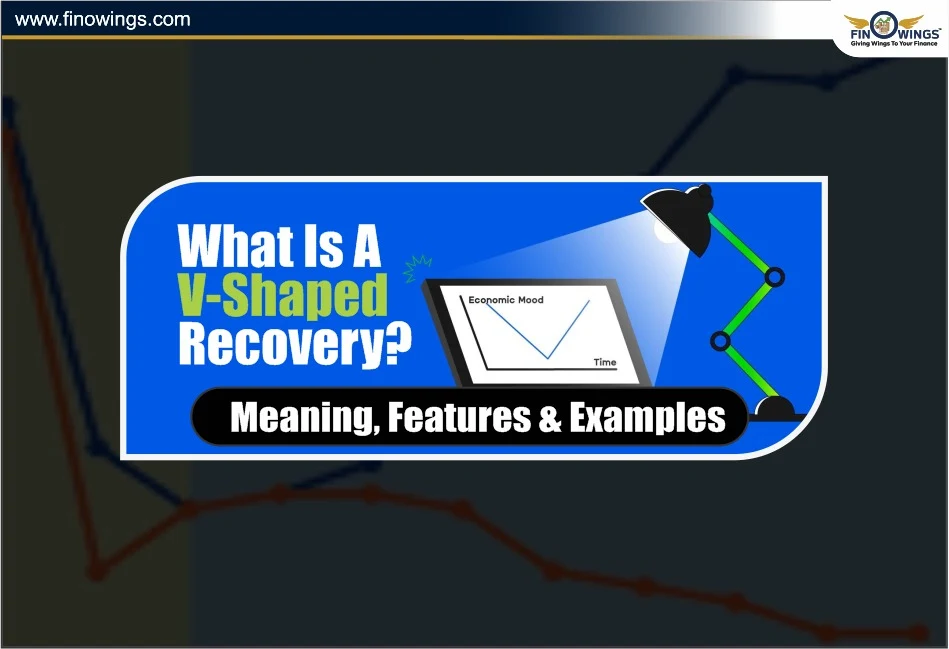
Table of Contents
During uncertain economic conditions, the type of recovery that people most excitedly look forward to is a “V-shaped recovery.” If you’re an investor, a business owner, or just following the economy, knowing what a V-shaped recovery is will provide you with a good understanding of where things are headed.
This paper will explain the concept of a V-shaped economic recovery, and how the stock market has fared in the process of one (V-shaped recovery in stock market), the reasons why this may be of importance to India (V-shaped recovery of Indian economy), and what signs have indicated that it has really happened.
What Is a V-Shaped Recovery?
A V-shaped recovery occurs when a market or economy experiences a severe downturn before rapidly recovering, forming a V shape on a graph. More specifically, it means that after a deep contraction, an economy gets back to its previous peak or really close to it quickly. It does this with little to no plateau or stagnation.
When the GDP drops sharply within a quarter but then increases similarly the next quarter, that is V-shaped recovery behaviour.
Key Features of a V-Shaped Recovery
The following are some of the typical attributes that characterise a V-shaped recovery:-
-
Rapid fall, rapid rise: The economy or market drops fast, hits a trough, and then rebounds quickly.
-
Short duration at the bottom: The period between the trough and recovery is relatively brief in comparison to other recovery types (U or L).
-
Back to pre-crisis level: GDP, job levels, and output all return to pre-decline levels or close to them.
-
Strong policy support / fiscal stimulus: Usually, the major bounce back is a result of newly implemented policies from the government and central banks.
-
Increased market and investor trust: A fast recovery boosts confidence, which in turn fuels investment and revitalises demand.
Importance of This Shape
How come that market analysts use V-shaped recovery and not recovery? Importance of the form to businesses, investors and legislators is that it would demonstrate the strength and speed of recovery.
A true V shape indicates optimism along with minimal enduring harm.
For investors, witnessing the V shape in recovering markets represents the opening of a profitable opportunity.
For high-population economies like India, the V shape signifies great importance to employment, spending, and economic expansion.
However, if the situation resembles a U-shaped slow recovery or an L-shaped stagnation, the consequences are definitely more cautionary.
V-Shaped Recovery in the Stock Market
It’s not only GDP and macro-data that can display a V shaped economic recovery; the stock market frequently demonstrates this pattern as well. The market equivalent of a V shape is a sharp drop, followed by a strong rebound in shares, or cash indices.
For instance, consider these examples:
-
A major index declines in a short span by 30%.
-
Afterwards, the index regains a majority of its height within a few months after hitting the low.
-
There are rebounds in volume, investor sentiment, and liquidity.
-
When this occurs, traders reference it as V shaped recovery stock behaviour. However, it’s important to keep in mind that markets do not always move in predictable shapes. Recoveries may be limited or interrupted.
V Shaped Recovery in The Indian Economy
In India, the discussions underlining a V-shaped recovery took place mostly following the effects of the COVID-19 pandemic. Policy makers and analysts started questioning whether the Indian economy may undergo a rapid recovery following this shrinkage.
For example, after the contraction of the Indian Economy for FY2020 as a result of the lockdowns, the country’s recovery in manufacturing, exports and consumption triggered hope for a quick V-shaped recovery.
The Indian experience also shows that even while the economy may move in a V shape, policy, domestic and international demand, supply-chain recovery and investor mood would all be necessary to achieve a V-shaped recovery from contraction.
Example
Consider the peaks and valleys of COVID-19. Many economies saw a sharp recession at the beginning of 2020. In certain cases, the strong rebound in late 2020 and early 2021 resulted in a V shaped recovery of Indian economy.
When a V-Shaped Recovery May Not Happen
Given the appeal, a v-shaped recovery is the most desired outcome. However, this won’t happen due to:-
-
Ongoing weak demand and structural economic problems.
-
Delayed government response and weak fiscal stimulus.
-
Global economic slowdowns and supply chain problems.
-
Financial problems in important industries.
-
When this happens, the recovery is most likely to take U, L or W patterns.
How Investors & Businesses Can Respond
For investors:
Look for early indicators of a v-shaped recovery, especially sharp “V” patterns in data or markets.
Make sure to adjust your investments in sectors where recoveries are expected, like scrapped investments in infrastructure, manufacturing, and consumer goods.
Risk is always present, and rebounds will fade without new momentum.
Adaptations for businesses:
Ensure that your inventory and capacity are ready to take advantage of the upswing whenever there is a v-shape.
Yet, build resilience to the downturn for when the recovery stalls, since it is more likely a U or an L shape.
Conclusion
The ideal result is a V shaped recovery in stock market, in which the phase of slow growth ends quickly following a steep decrease. The rapidity and return to normalcy are the distinguishing characteristics of a V-shaped recovery, whether it is in the stock market, the Indian economy, or the economy as a whole.
There is no doubt that the shape is optimistic, but it is balanced by the need for the right demand policies and the revival of investor sentiment. V-shaped recoveries are fast, but knowing what drives them can come in handy for managing both opportunity and downside.
DISCLAIMER: This blog is NOT any buy or sell recommendation. No investment or trading advice is given. The content is purely for educational and information purposes only. Always consult your eligible financial advisor for investment-related decisions.

